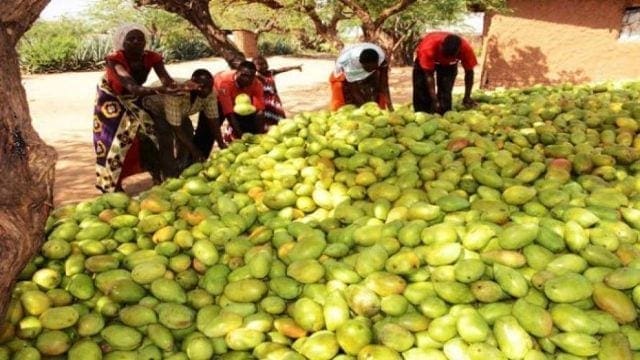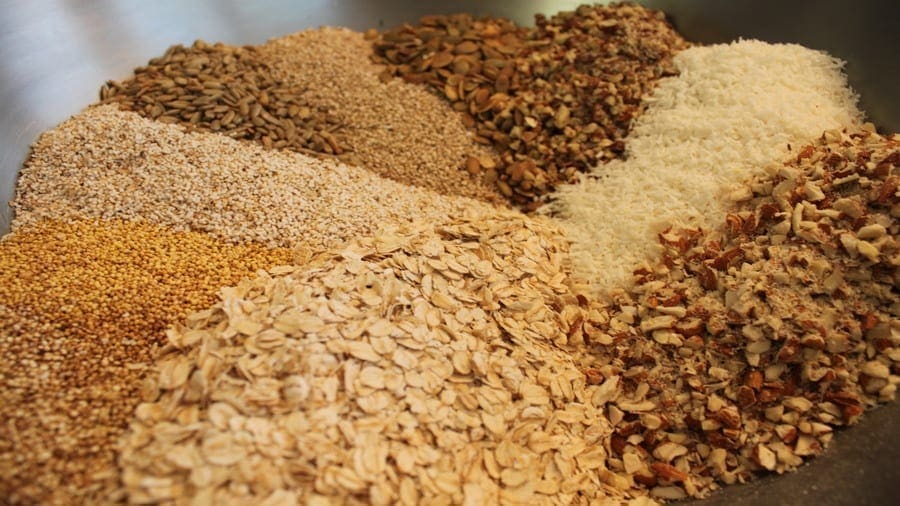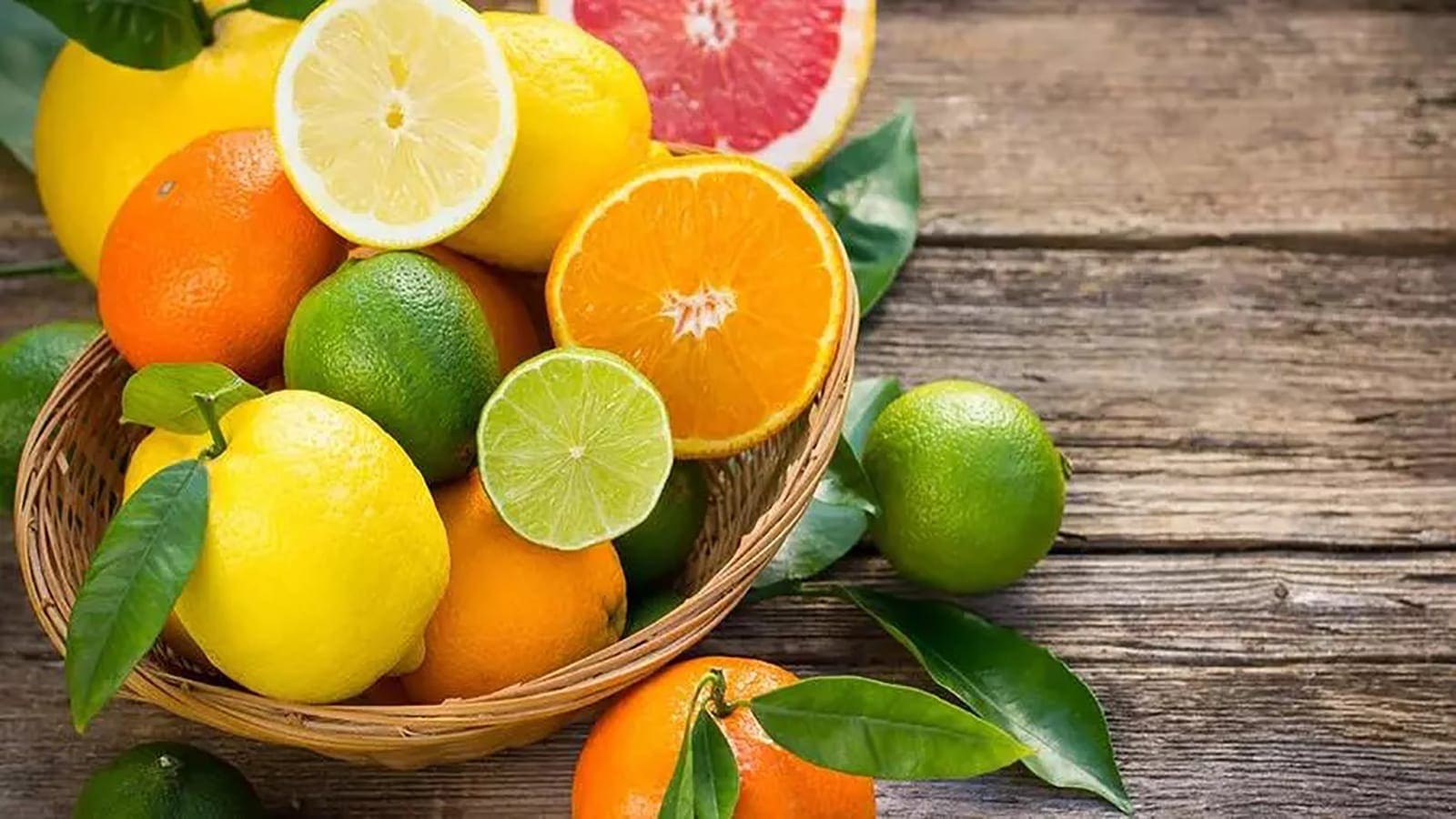KENYA – A government parastatal, the Coast Development Authority (CDA) has revealed that the state has allocated more than US$1.43 million to revive the Galole Integrated Fruit Processing Plant at the Kenyan Coast.
A report by the Business Daily indicates that the funding goes towards the re-opening of the mango fruit factory and expansion of production capacity.
The plant which was initially manually operated will now be fully automated with plans underway to equip it with bigger machines.
As a result, the facility will have a capacity of 12,000 tons of pulp per year, compared to previously when it produced a mere 2,880 tonnes per year for the brief period it was operational.
“We are revamping not only production capacity but also the speed to achieve both quality and quantity for better revenues,” said CDA managing director Mohammed Keinan.
He further said that there was need to encourage mango farmers to double production in order to sustain the machines.
“The machines were not fit for the huge yield it was fed, hence affecting the quality and quantity of production.”
In addition to mango processing, the Galole facility will be incorporated to include other processing that is production of honey and drinking water.
Still insufficient capacity
Although the charge means to boost the mango sector at the coast, farmers argued that the capacity installed at the factory was not enough to accommodate their yields.
According to a fruit farmers’ cooperative representative, although their mango output stood at 30,000MT per year, they have been supplying them to other processing companies in Nairobi, Makueni and Mombasa
“We have been feeding companies in Mombasa County, Makueni County and Nairobi, and we are still left with a lot rotting in our stores and farms. We dare you to erect two more companies and see what we can offer,” he said.
Galole plant, set up in 2014 only operated for one year, its failure being blamed on politics and mismanagement.
After its closure, farmers were left to selling their produce to middlemen who eventually exploited them, sending them to street mango vending and juice blending.
In 2010, 540,000 tons of mangoes were produced, mainly in the coastal and eastern parts of Kenya and only about 0.4% of the mangoes were exported.
Statistics from International Trade Centre (ITC) indicate that Kenya has seen over 400% increase in mango exports over a period of the last 5 years, with a comparable trend being seen between 2007 and 2012.
Kenya registered a significant increase in mango production across the 2015/2016 season compared to the previous season, witnessing an increase of 27% on season-to-season basis.









